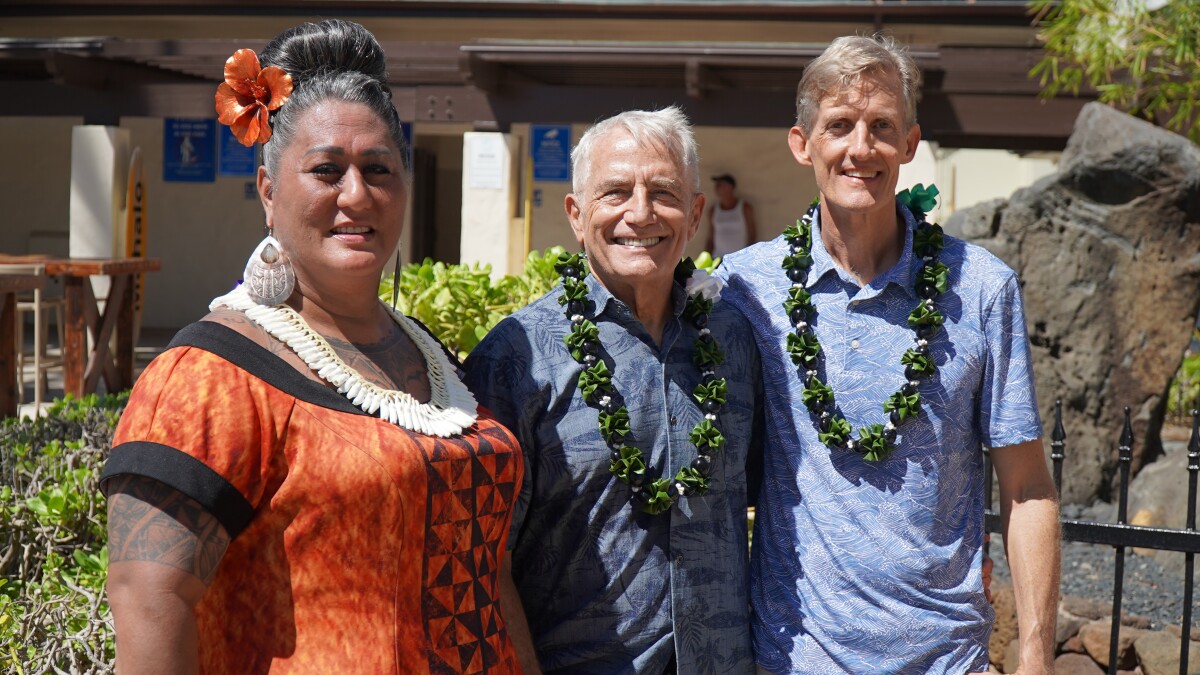
From marriage equality in recent political times to acknowledging māhū voices in Native Hawaiian culture, sexual diversity is part of Hawaiʻi’s history. Those stories will be told on a wider scale thanks to a three-year, $900,000 grant from the Mellon Foundation.
The project called builds on a recent production by filmmakers Joe Wilson and Dean Hamer in Waikīkī.
The stones pay homage to four māhū healers who came to Hawaiʻi from Tahiti to treat diseases. Māhū describes someone with dual male and female spirits. According to the moʻolelo, the healers transferred their power into the stones, which have remained in Waikīkī for hundreds of years.
Wilson and Hamer collaborated with cultural practitioner Hinaleimoana Wong-Kalu to tell that story through a, an and even
“Having these ancient stones that do celebrate gender fluidity and that are a place a kid can go to, or his family can go to, or a school troop can go to, that was really amazing. So it made us think, wow, it’d be great if we had more places like that and more reflections for lots of different people,” Hamer told The Conversation.
Hamer and Wilson are in the early stages of a broader project documenting queer histories. They’ve teamed up with the Hawaiʻi Council for the Humanities, historian DeSoto Brown, , Wong-Kalu and more.
The project aims to bring forward hidden histories about LGBTQ experiences in all the cultures and ethnic groups that call Hawaii home, such as a former Chinatown nightclub called that hosted what people today might call a drag show.
“We’re doing all types of research and not just in the Hawaiian language newspapers, but also in the Chinese and Japanese newspapers. People sometimes forget that they have their own cultures that have same-sex experiences and gender-fluid experiences,” Hamer said.
The project team is also interested in hearing from people about their experiences in Hawaiʻi that may not be written down anywhere.
“We want to create a whole landscape that reveals what community life was like under the surface for people like us, essentially,” Wilson said.
“We want to reveal the everyday people who are involved in making such, in the case of Hawaiʻi, positive change possible. You know, ups and downs, two steps forward, one step back, you know, occasional backlash, but it has been good — and we want to reveal some of those things here.”



